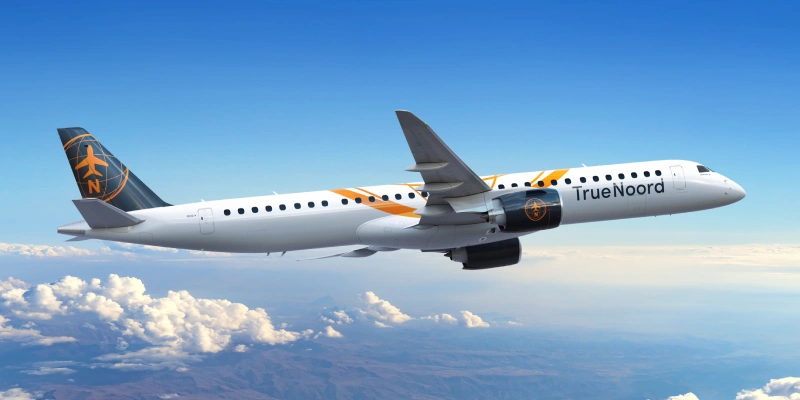Boeing has released its annual 20-year forecast on global commercial aviation workforce needs: the industry will require nearly 2.4 million new professionals by 2044. The report, presented during the EAA AirVenture Oshkosh event, highlights how sustained growth in air traffic and fleet renewal will drive massive hiring worldwide.
Key Figures Shaping the Industry
According to the Pilot and Technician Outlook 2025, the following roles will be in demand:
- 660,000 new pilots
- 710,000 maintenance technicians
- 1,000,000 cabin crew members
These figures reflect not only the growth in the number of aircraft but also the need to replace personnel retiring over the next two decades.
“As demand for commercial air traffic continues to outpace economic growth, the industry must sustain this expansion by ensuring a skilled and efficient workforce worldwide,” said Chris Broom, Vice President of Commercial Training Solutions at Boeing Global Services.
→ Gulf Air Announces Purchase of Up to 18 Boeing 787 Aircraft
Technology and Training: Pillars of the Future
To address this challenge, Boeing is investing in advanced training solutions. The company has integrated mixed-reality technologies, combining physical and digital environments to enhance hands-on learning and situational awareness. This approach is implemented through competency-based training methodologies, designed to uphold global safety and operational efficiency standards.
Where Will the Demand Be Highest?
Demand will vary by region, with Eurasia, China, and North America leading the need for new workers. Together, these three regions will account for over half of the total projected demand. Meanwhile, South Asia and Southeast Asia stand out as the fastest-growing markets, with aviation workforce needs expected to triple.
Projected Global Distribution (2025–2044)
| Region | Pilots | Technicians | Cabin Crew | Total |
| Global | 660,000 | 710,000 | 1,000,000 | 2,370,000 |
| China | 124,000 | 131,000 | 171,000 | 426,000 |
| Eurasia | 149,000 | 165,000 | 236,000 | 550,000 |
| North America | 119,000 | 123,000 | 193,000 | 435,000 |
| Southeast Asia | 62,000 | 78,000 | 103,000 | 243,000 |
| Middle East | 67,000 | 63,000 | 104,000 | 234,000 |
| Latin America | 37,000 | 42,000 | 55,000 | 134,000 |
| South Asia | 45,000 | 45,000 | 51,000 | 141,000 |
| Africa | 23,000 | 24,000 | 27,000 | 74,000 |
| Northeast Asia | 23,000 | 27,000 | 42,000 | 92,000 |
| Oceania | 11,000 | 12,000 | 18,000 | 41,000 |
Growth Driven by Narrow-Body Aircraft
The increase in personnel will primarily be linked to single-aisle aircraft, which form the backbone of regional and short-haul air transport. These planes represent the majority of orders and, consequently, future operational needs.
Challenge of Replacing Experience
A key takeaway from the report is that two-thirds of the required workforce will replace retiring or departing personnel, while only one-third stems from net fleet growth. This underscores the urgency of implementing sustainable recruitment and training programs worldwide.
Related Topics
Embraer Reaches Historic Record with US$31.3 Billion Order Backlog in 3Q25
Embraer Opens Office in New Delhi, India
TrueNoord Places Firm Order for 20 Embraer E195-E2 and Secures Purchase Rights for Up to 30 Additional Jets
Embraer Delivered 62 Aircraft in Third Quarter of 2025

Plataforma Informativa de Aviación Comercial con 13 años de trayectoria.




